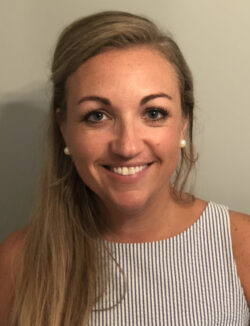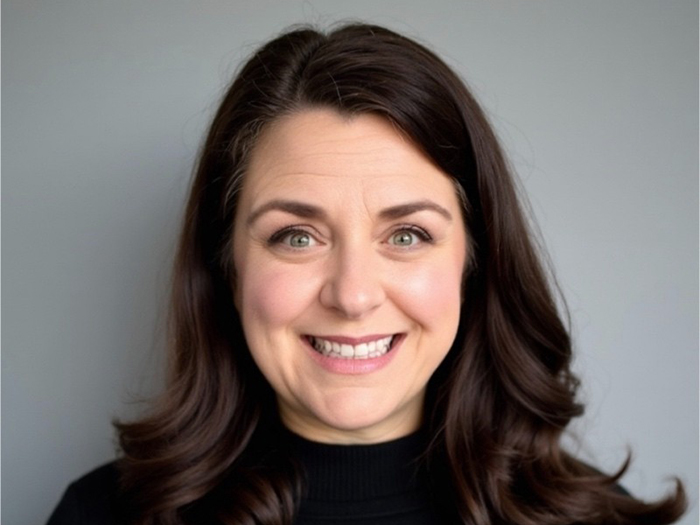Is a Captive Right for You? Maybe Not

Should I form a captive?
It’s a question many executives have asked themselves in the face of a tough renewal or a hard market. Captives, which allow companies to retain and insure some of their own risks, can seem like a perfect solution to tightening terms and conditions or rising premium rates.
But while the idea of starting a captive might seem flawless, the process is anything but easy. Companies with prospective captives need to work with a variety of service providers to conduct feasibility studies and develop a structure to make sure the program can last for the long term.
As they put together submissions for regulators to consider, some may determine that a captive isn’t worth the effort. Or they might decide that they need more time to develop a sustainable program.
“Often, companies might defer the decision due to immediate financial constraints, regulatory challenges or internal alignment issues. As these challenges are addressed or as the company grows and its risk management needs evolve, the benefits of forming a captive can become more apparent,” said Jonathan McKenzie, vice president, head of U.S. captive management operations, NFP Risk and Insurance Strategy Collective.
“Changes in the commercial insurance market, such as rising premiums or reduced coverage availability, can drive companies to revisit the captive option as a more strategic and cost-effective solution.”
What Goes Into Deciding Whether to Form a Captive?

Jonathan McKenzie, vice president, head of U.S. captive management operations, NFP Risk and Insurance Strategy Collective
In most cases, companies consider captives when they’re facing tough renewals. Hard markets can push companies to consider whether it’s more cost-effective for them to manage their own risk.
“Ninety-nine percent of the time, interest in captives develops as a result of marketplace events: increasing premiums, reductions in capacity or lack of coverage,” said Natalie Lemery, senior captive administrator, NFP Risk and Insurance Strategy Collective.
Tough markets might be the inflection points that lead many enterprises to consider a captive, but they’re not enough to ensure a captive will succeed. Buy-in from company leaders — especially the C-suite — is critical.
“The transition from initial thought to captive feasibility work typically requires a key individual or department to champion the cause and present a compelling case to corporate leadership,” said Jim DeVoe-Talluto, assistant director of the Captive Insurance Division of the Department of Financial Regulation, State of Vermont.
“We have seen circumstances where the captive concept can take several years to develop within a company, while in other cases, market conditions can accelerate the process.”

Natalie Lemery, senior captive administrator, NFP Risk and Insurance Strategy Collective
A company champion, someone who takes ownership over the captive formation process and helps get buy-in from others, can help move the process along. Determining whether a captive is feasible for any given company can take as little as two to three months, or as long as years.
“The most successful captives are formed from a place of strength, in which the parent company has developed excellent risk management practices that reduce the frequency and severity of claims,” DeVoe-Talluto said. “Corporate leadership needs to be supportive, and the company needs to be willing to support the captive with financial resources for the long term. Market conditions may be an accelerant to captive formation, but well-run captives will succeed in both hard and soft markets.”
Determining Whether a Captive Is Feasible
Once a company’s leaders decide they want to pursue a captive, they need to determine whether or not they have the financial and risk management resources to successfully implement such a program. After all, no one wants to form a captive only to have it go insolvent.
“Prospective captive programs that are developed solely in response to adverse market conditions, without consideration of the long-term commitment and financing required, are often the concepts that don’t make it through the application process,” DeVoe-Talluto said.
Every company should establish a decision team composed of risk managers, attorneys, insurance advisors, HR personnel and senior leadership like CEOs and CFOs. Outside advisors and service providers step in to make sure reserves are set appropriately and the captive is structured correctly. An actuary helps set premium levels. Lawyers and tax providers can provide guidance on how the captive fits into the company’s broader structure. Everyone in these groups can work together to conduct feasibility studies to make sure a captive has legs.
Administrators like Lemery help coordinate all these moving parts: “Our role is akin to how a general contractor is utilized in building a house. We ensure that the company’s requirements are incorporated in the design of the captive and coordinate all the specialists to ensure that the captive is built appropriately based on the plan,” she said.
While regulators have final say over whether or not a company can form a captive, captive managers are there to help companies make sure their submission is as strong as possible.

Jim DeVoe-Talluto, assistant director of the captive insurance division of the Department of Financial Regulation, State of Vermont
“It is our role as captive managers to ensure that the proposed captive has a viable plan of operation prior to submission,” Lemery said.
“We work in step with the Vermont regulators, prospective captive owners and their advisors to address any issues or concerns early in the process. This proactive engagement helps many companies successfully navigate the regulatory requirements and make informed decisions.”
“Vermont views the captive industry as a mutually beneficial relationship and wants each captive owner to fully understand both the benefits and responsibilities involved in operating a successful captive insurance company,” McKenzie added.
What Happens If a Company Decides Not to Form a Captive?
So, how often do companies go through this entire process only to decide against forming a captive? It’s more common than you might think. Some may begin the process because they’re faced with a tough renewal, then decide they don’t have time to adequately develop a captive.
“Markets change so quickly that if a company defers the decision until a tough renewal, there isn’t sufficient lead time to evaluate, form and capitalize a captive to provide a viable alternative,” McKenzie said.
“Captives require a long-term commitment in that the coverages provided often have claims with payout patterns in excess of one to two years, and as such, they normally can’t be dissolved as easily and efficiently as they are formed.”
If a company decides against developing a captive, it can always revisit the idea in a few years, after it has had time to more adequately determine its needs.
“It’s quite common for companies to reconsider forming a captive after initially deciding against it. The insurance market, business environment and a company’s financial situation can change significantly over a few years, making a captive more viable or attractive at a later time,” McKenzie said.
“In many cases, this reversal is the result of staffing, leadership or organizational changes, where the new team is willing to refresh a prior concept and move forward,” added DeVoe-Talluto. &










